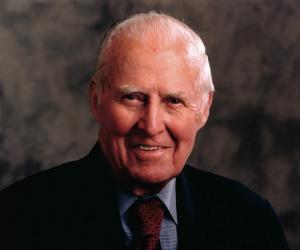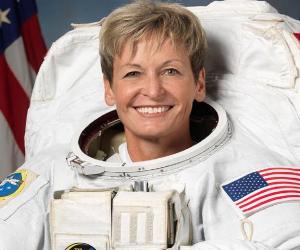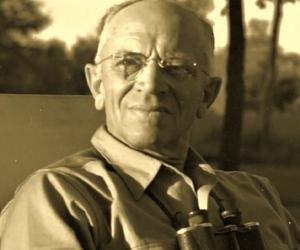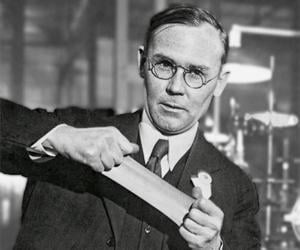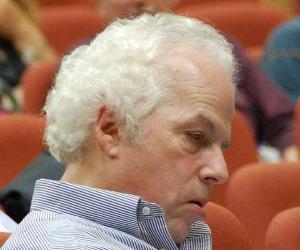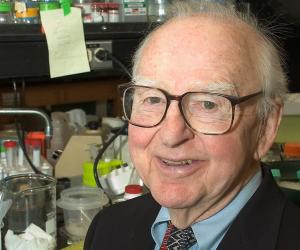Norman Borlaug was an American agronomist who played a key role in the Green Revolution, a set of research technology transfer initiatives that increased agricultural production, for which he won the Nobel Peace Prize in 1970. Nicknamed the Father of the Green Revolution, Borlaug was also honored with the Congressional Gold Medal and Presidential Medal of Freedom for his work.
The first woman to command the International Space Station, NASA astronaut Peggy Whitson was born to farmers and decided to become an astronaut after watching the moon landing on TV. She also boasts of a PhD in biochemistry and has been a researcher and educator of biochemistry and genetic engineering.
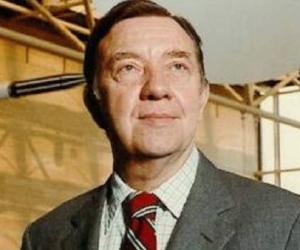
Wallace Carothers was an American inventor and chemist. He worked for DuPont where he was the leader of organic chemistry. Carothers, who played a major role at the DuPont Experimental Station, is credited with inventing nylon. Despite his success, Carothers was unhappy with his life and committed suicide at the age of 41; he was troubled by bouts of depression.
The son of an architect, Stanley B. Prusiner earned the nickname "little Genius" for inventing a bug repellent in school. The Nobel Prize-winning biochemist and neurologist is best known for discovering prions, or proteins that cause diseases, and thus suggesting an explanation for the mad cow disease.
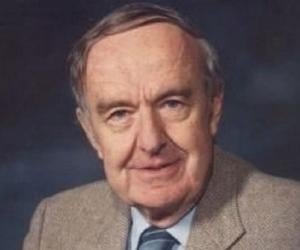
Considered to be one of the most influential astronomers of the 20th century, Allan Rex Sandage is credited with determining the first reasonably accurate value of Hubble’s constant and the age of the universe, a work he began while serving as a graduate student assistant to cosmologist Edwin Hubble. Later, he also made significant contributions to quasi-stellar radio sources.
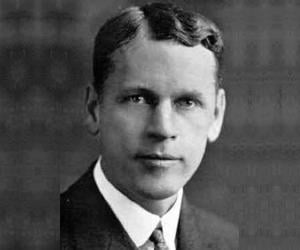
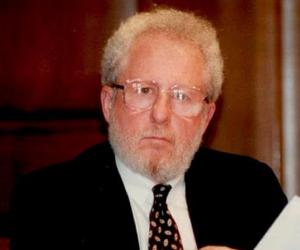
American biochemist Edwin Gerhard Krebs is best-known for collaborating with Edmond H. Fischer in elucidating the way reversible phosphorylation works as a switch in activating proteins and regulating different cellular processes. This key discovery of reversible protein phosphorylation led the two to receive the Nobel Prize in Physiology or Medicine in 1992.
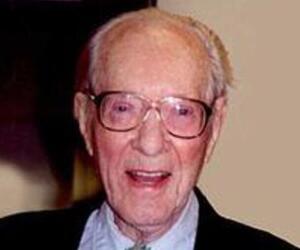
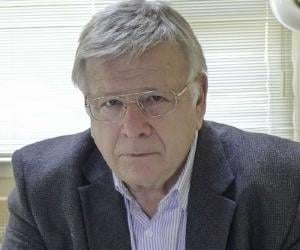

Bruce C. Heezen was an American geologist best remembered for his work at Columbia University, where he joined forces with oceanographic cartographer Marie Tharp to map the Mid-Atlantic Ridge. In 1964, he was honored by the Woods Hole Oceanographic Institution with the Henry Bryant Bigelow Medal in Oceanography. In 1973, Bruce C. Heezen was awarded the prestigious Cullum Geographical Medal.
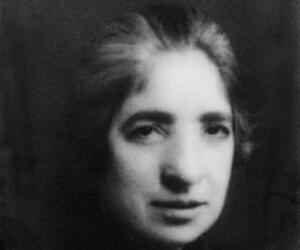
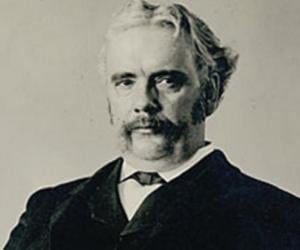
US geologist, ethnologist, and anthropologist William John McGee was associated with the US Geological Survey and the Bureau of American Ethnology. He was also a co-founder of the Geological Society of America and served the National Geographic Society as its president. California’s Mount McGee was named in his honor.

